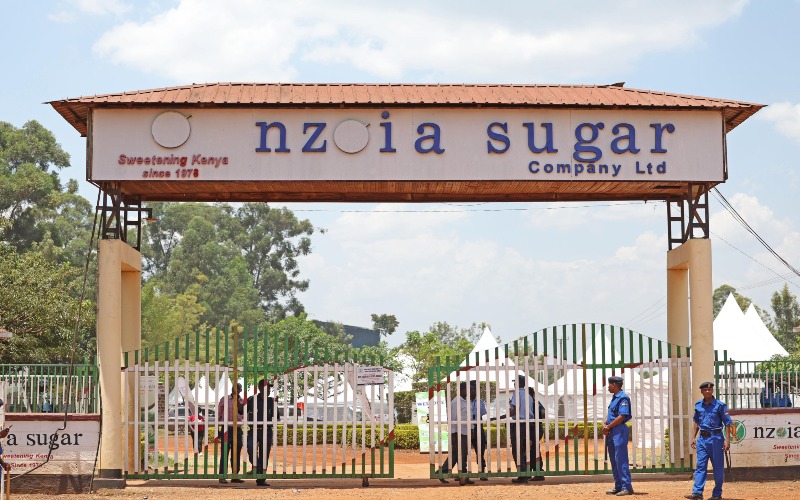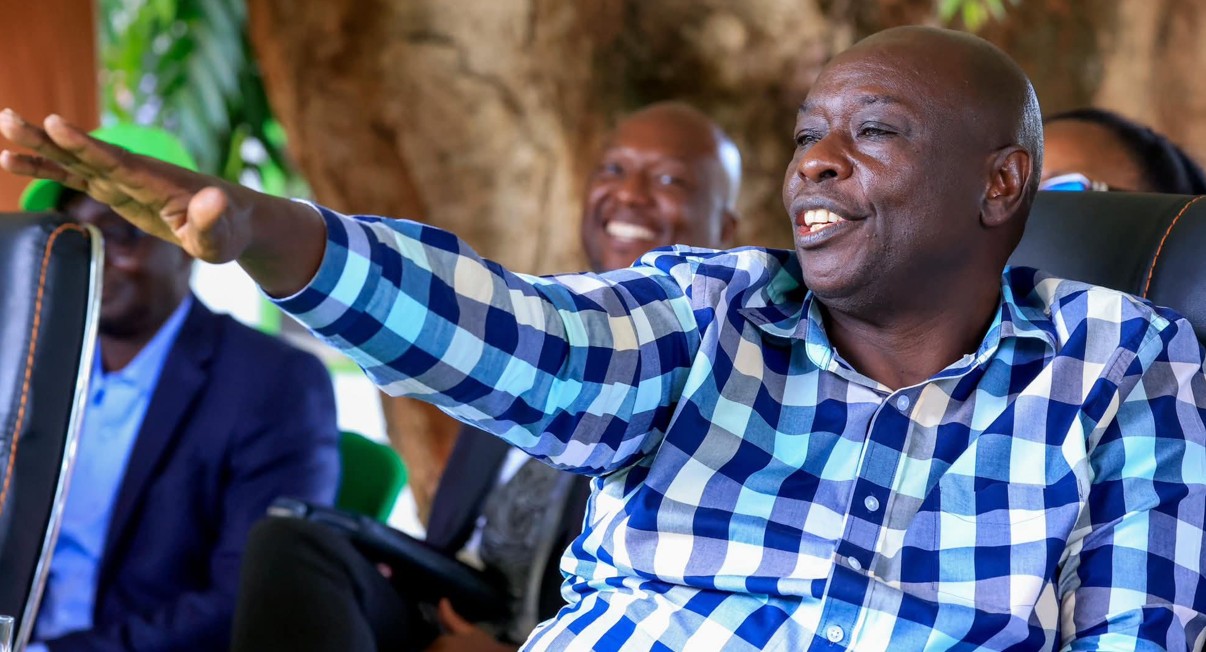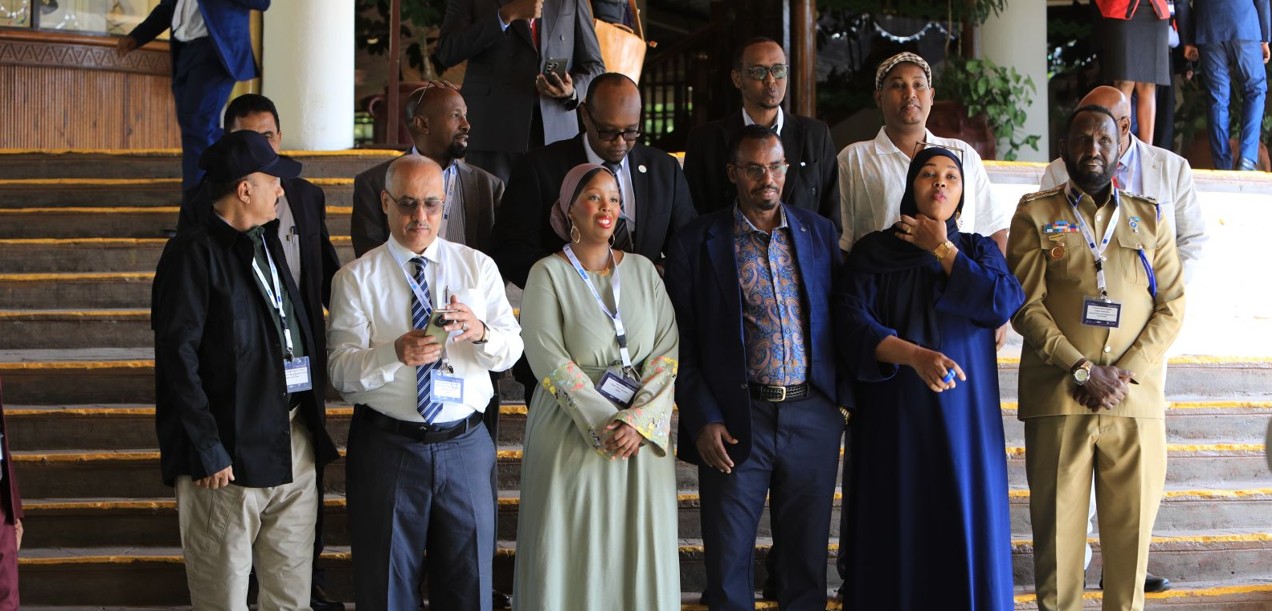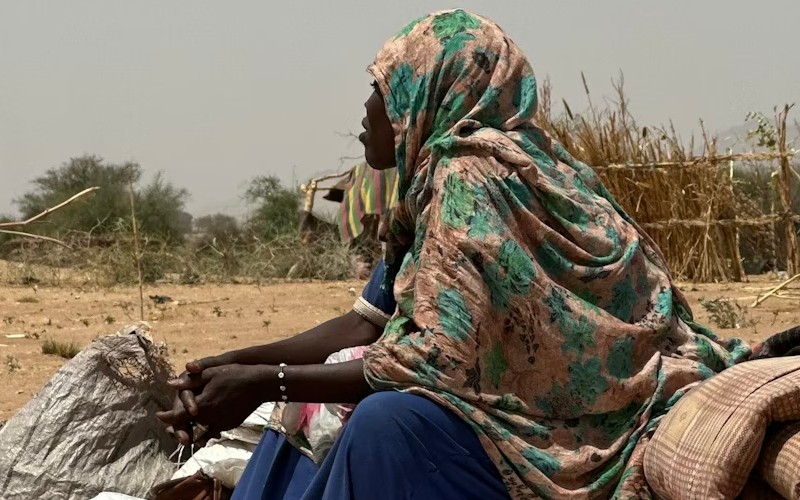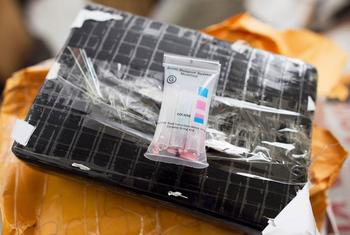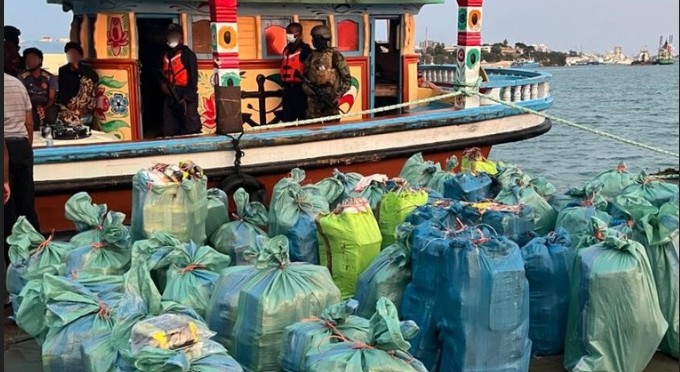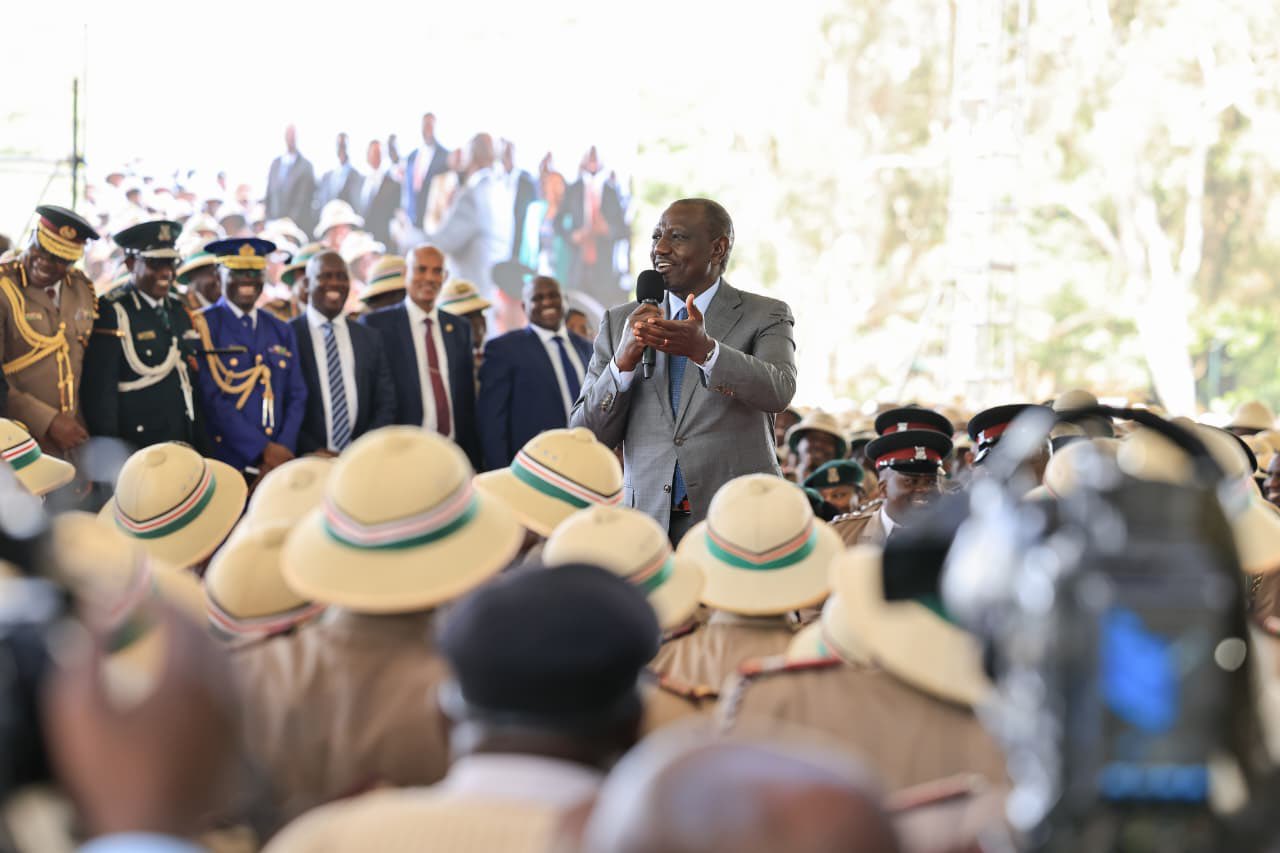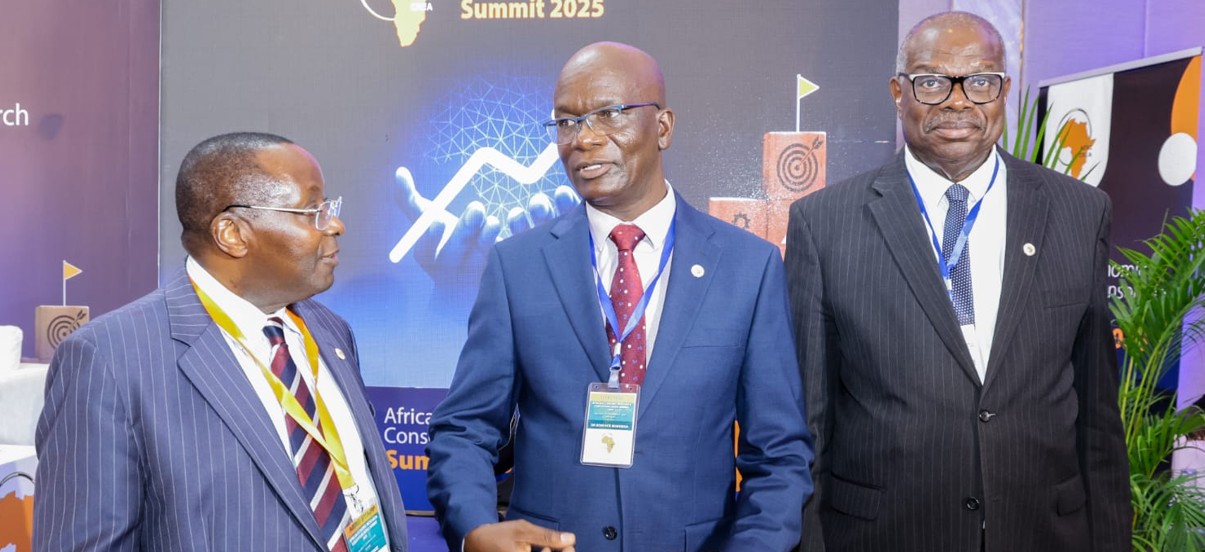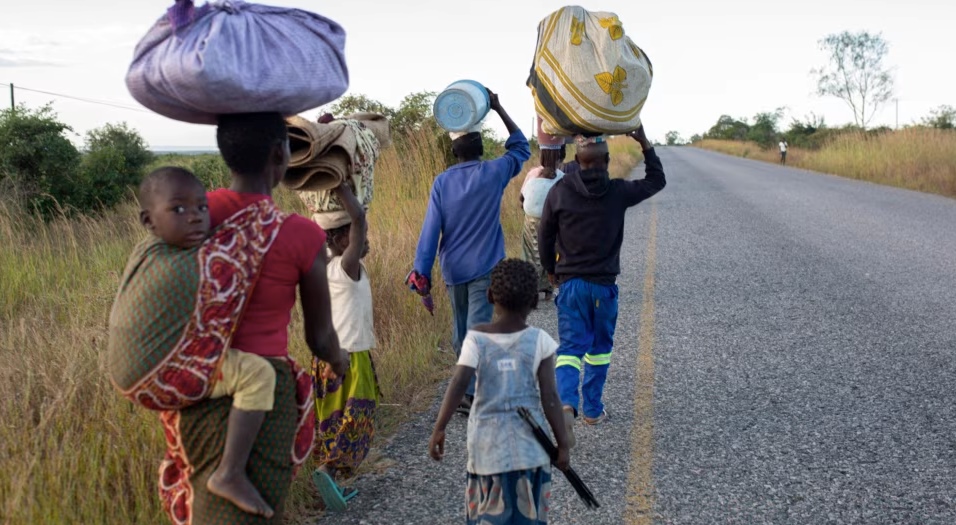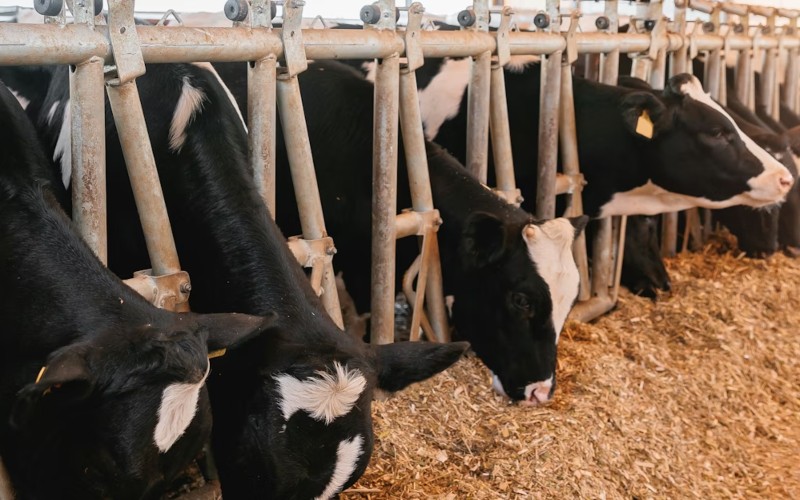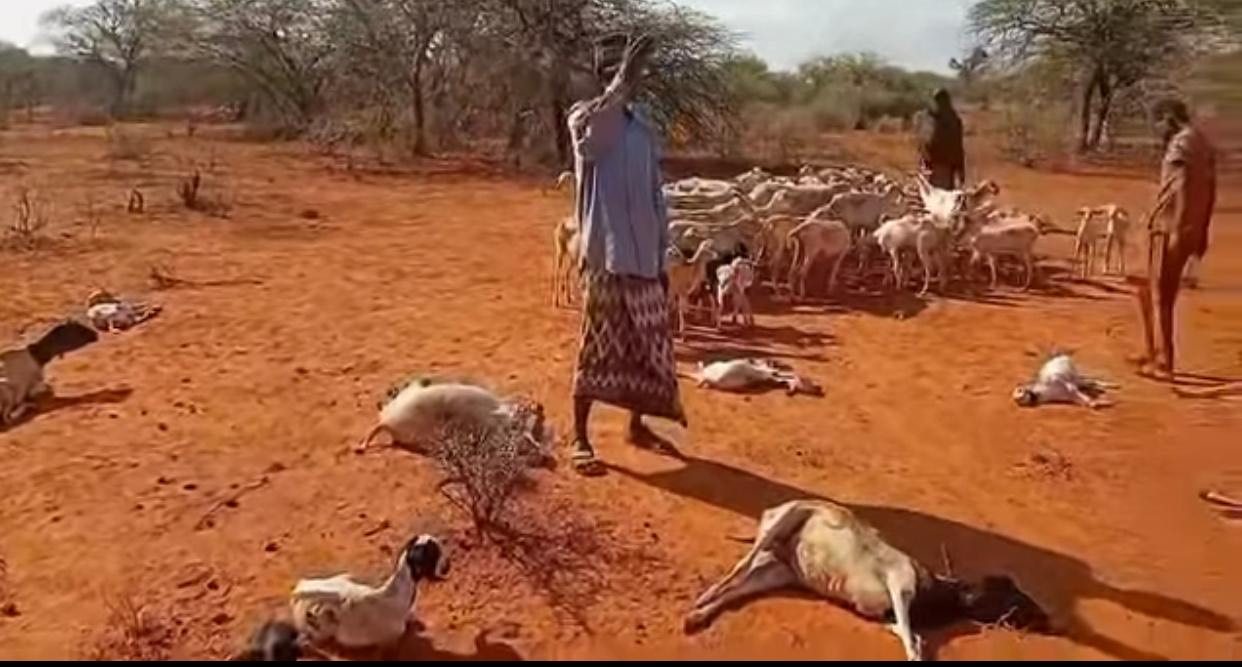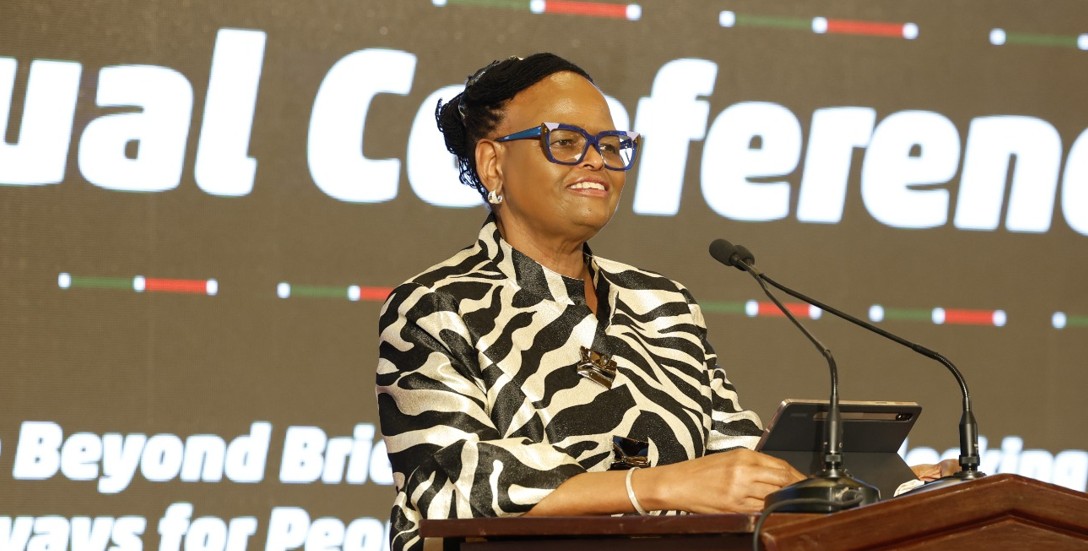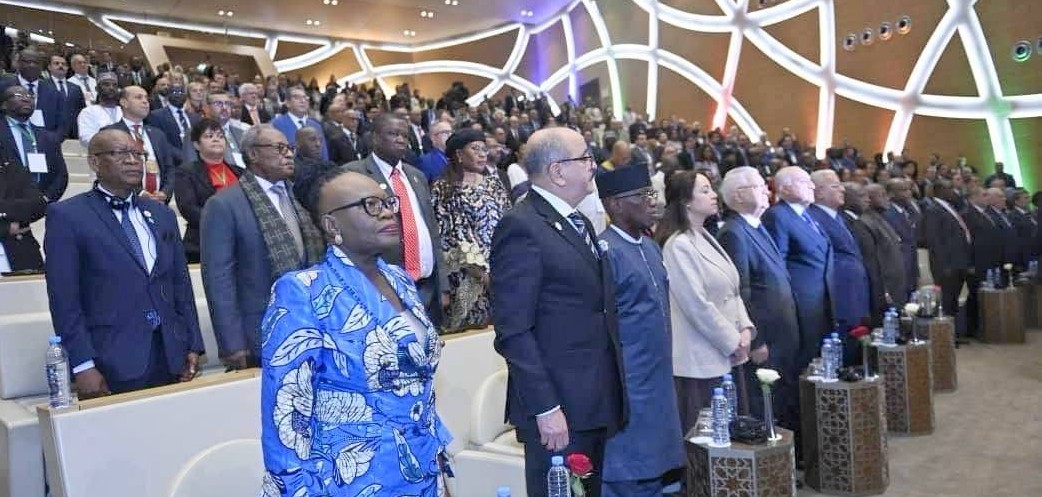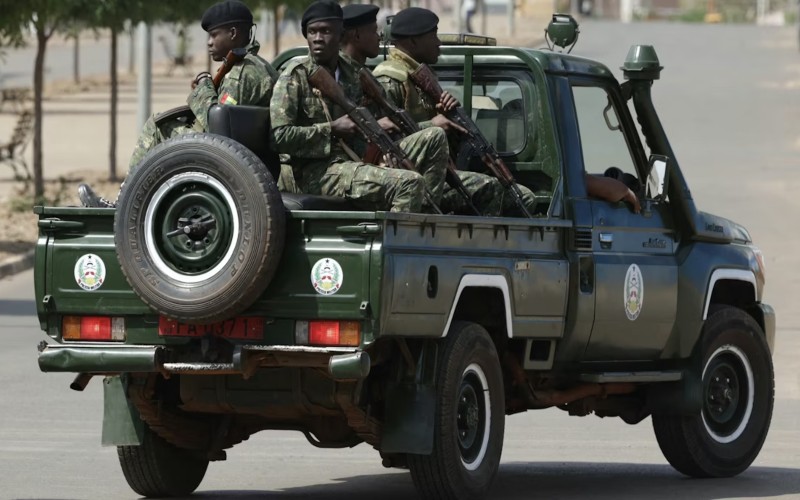KWS receives high-tech patrol boat to boost conservation, security in Lake Turkana

The vessel is also expected to unlock eco-tourism opportunities in northern Kenya, a region with immense yet underutilised potential.
The Kenya Wildlife Service (KWS) has received a high-tech patrol boat to strengthen conservation and security operations in Sibiloi National Park, situated along the shores of Lake Turkana.
The vessel, donated by the Swedish International Development Cooperation Agency (SIDA) in partnership with the Horn of Africa Regional Environment Centre and Network (HoAREC&N), and supported by the South Rift Association of Land Owners (SORALO), represents a major boost for wildlife protection efforts in northern Kenya.
More To Read
- Counties intensify pressure on national government over park revenue-sharing model
- Lewa, KWS launch vulture tracking project to boost raptor conservation
- Garissa leaders oppose wildlife relocation, demand revival of dormant game reserves
- Conservationists demand probe into relocation of orphaned giraffes from Wajir to Nanyuki
- Wajir South MP condemns relocation of orphaned giraffes to Nanyuki
- KWS moves reticulated Somali giraffes from Wajir to Nanyuki in major conservation effort
Built to withstand the harsh conditions of Lake Turkana, the new patrol boat is equipped with sonar and advanced navigation technology. It will enhance surveillance, combat illegal fishing, improve ranger safety, and protect the livelihoods of local communities who depend on the lake’s natural resources.
KWS Director General, Prof Erustus Kanga, hailed the donation as “more than a boat, rather a lifeline for both people and wildlife.”
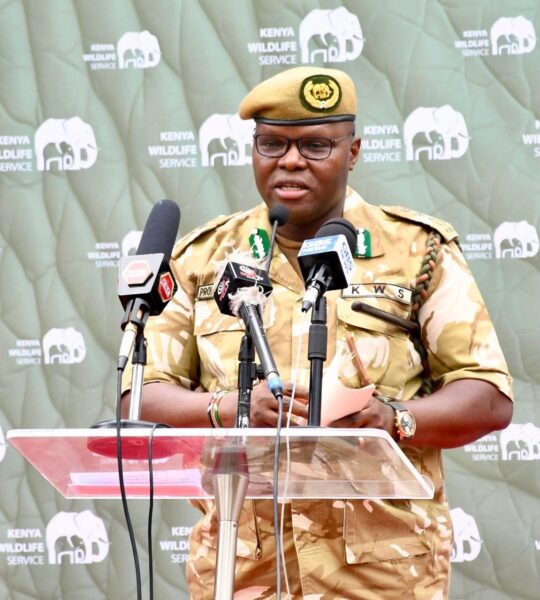 KWS Director General, Prof Erustus Kanga, hailed the donation as “more than a boat, rather a lifeline for both people and wildlife.” (KWS)
KWS Director General, Prof Erustus Kanga, hailed the donation as “more than a boat, rather a lifeline for both people and wildlife.” (KWS)
He expressed gratitude to SORALO for supporting a region often overlooked by many donors.
John Ole Kamanga, Director of SORALO, stressed that their support focuses on strengthening community livelihoods around protected areas.
He noted that the boat will greatly improve patrol efficiency and reaffirmed SORALO’s commitment to ranger welfare, including access to clean water.
Prof Mekuria Argaw, Director of HoAREC&N, highlighted the ecological importance of safeguarding transboundary ecosystems, pointing out that Sibiloi National Park forms a vital conservation corridor linking with two parks across the border in Ethiopia.
Offering perspective on the evolving landscape of conservation, Prof George Owiti said: “Today, it is no longer human–wildlife conflict, but human–wildlife interaction.”
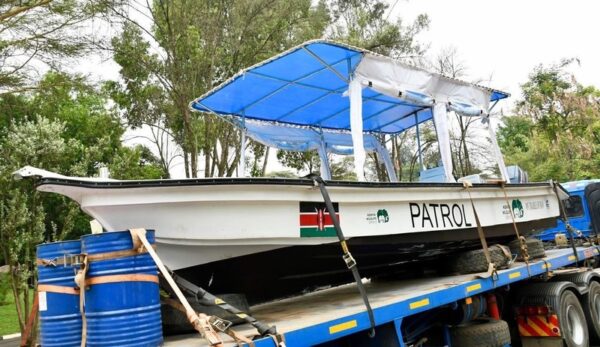 The high-tech patrol boat delivered to boost conservation and security in Lake Turkana. (KWS)
The high-tech patrol boat delivered to boost conservation and security in Lake Turkana. (KWS)
He emphasised the central role of communities as the true custodians of biodiversity.
The initiative extends beyond the patrol boat. It encompasses ranger training, housing improvements, access to clean water, and solar energy installations to enhance conservation infrastructure in remote areas.
The vessel is also expected to unlock eco-tourism opportunities in northern Kenya, a region with immense yet underutilised potential.
According to KWS, this milestone supports its Strategic Plan 2024–2028, which prioritises partnerships, community empowerment, and sustainable conservation.
Together with local and international partners, KWS is working to preserve Lake Turkana, known as the “Jade Sea”, for future generations.
Sibiloi National Park, locally referred to as Karari by the indigenous Daasanach people, meaning “place of bones”, lies on the north-eastern shores of Lake Turkana.
Established in 1973, the park covers more than 1,570 square kilometres and is often called the “Cradle of Mankind” due to its significant archaeological and palaeontological sites.
Top Stories Today
